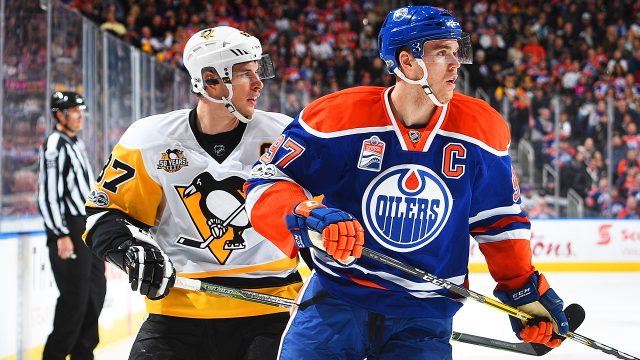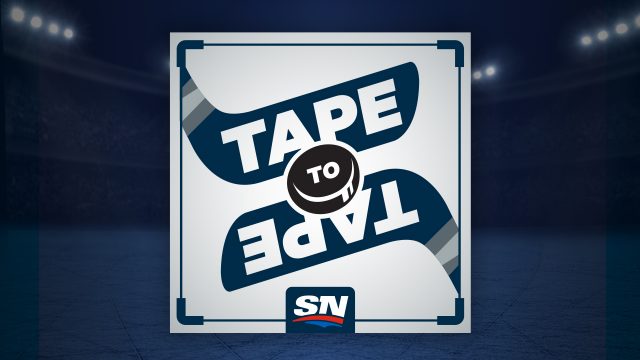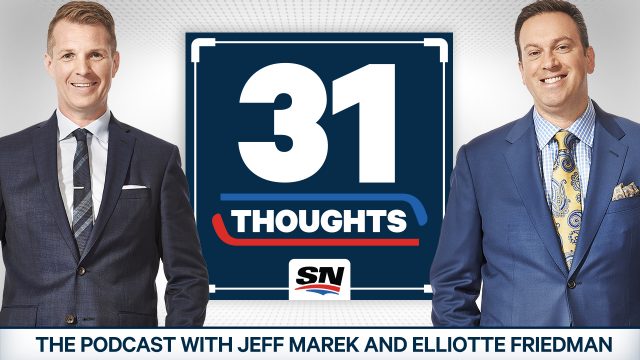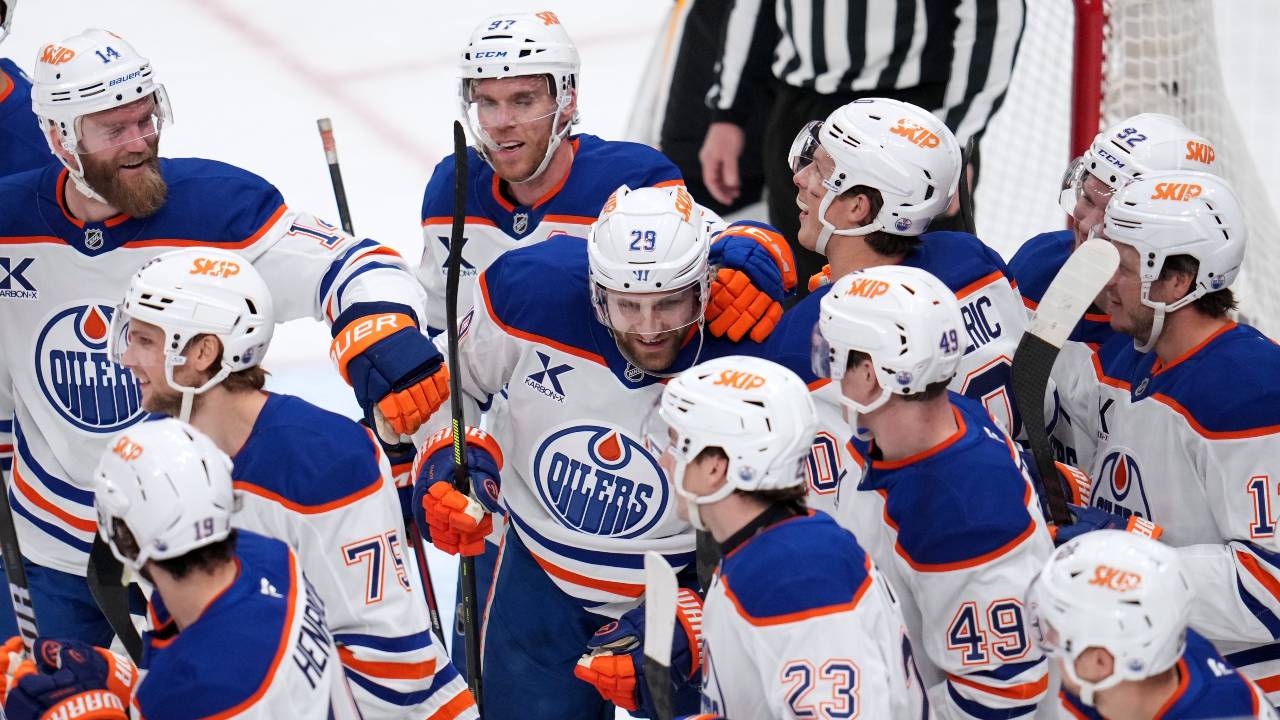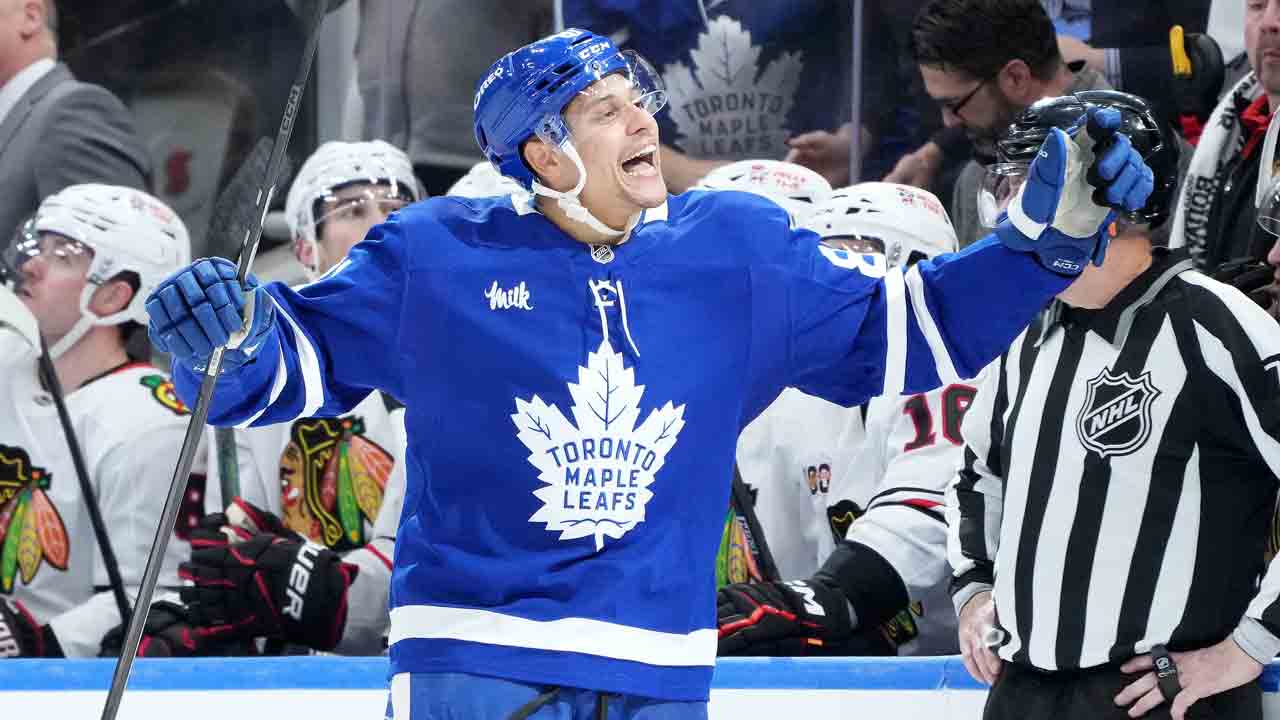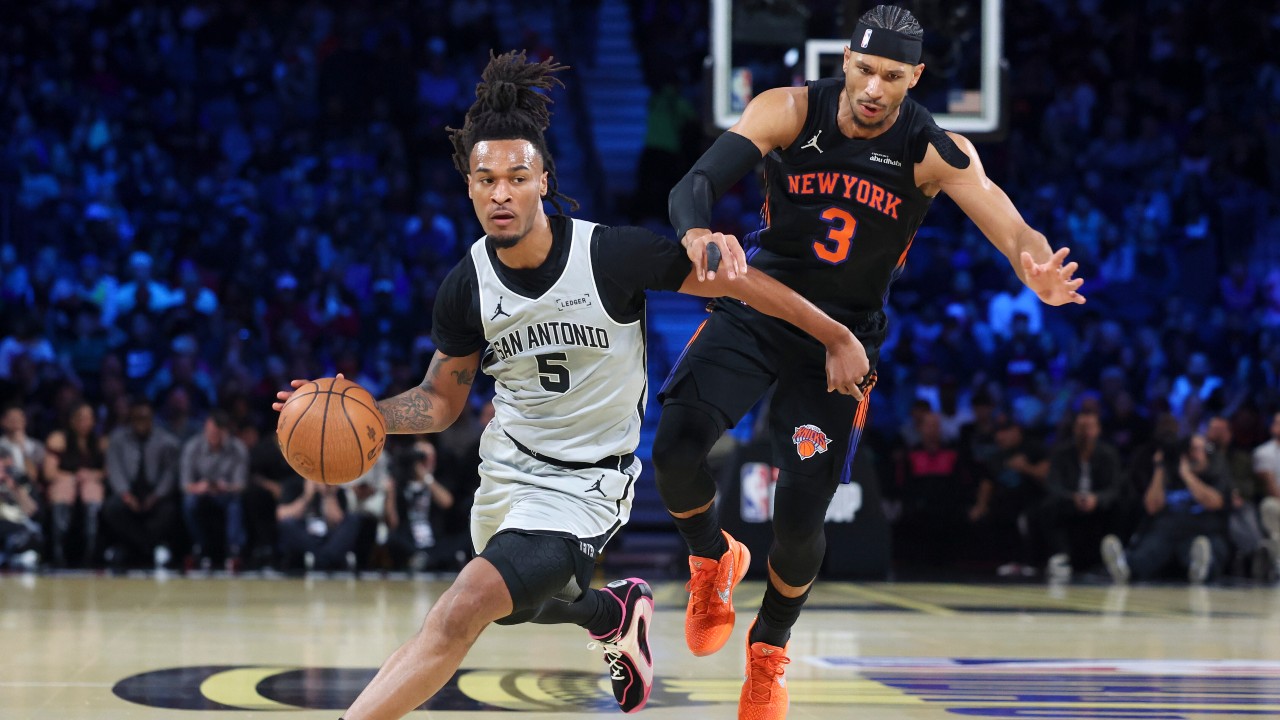
Brian Burke the broadcaster and Brian Burke the author both operate under the same short set of specific rules:
1. Get your facts right, to the best of your ability.
2. Be as fair as possible. There is no reason to be sarcastic and mean.
There is a good reason the player-turned-lawyer-turned-agent-turned-scout-turned-executive-turned-disciplinarian-turned-analyst included each anecdote in his first tome, the page-turning Burke’s Law: A Life in Hockey (with Stephen Brunt), which bubbles with barroom tales of boardroom conflict.
These are life lessons that not only formed one of the sharpest hockey minds — and tongues — out there, but parables the next hockey business prodigy should study.
“I’m only putting in those teaching moments where if I were a young executive, I read it and say, ‘So that’s how you handle that,’ ” Burke explains. “I think people are going to like it.”
We do, too.
So, we called up Burke on the week of his hardcover launch to discuss his process and unspool a few good yarns.
Part One of our conversation, below, tackles his story-writing process and features fun tales from the past, involving Phil Kessel, Nail Yakupov and a furious Pat Quinn.
In Part Two, which will run Sunday, Burke takes on the recent off-season shakeups made by the Buffalo Sabres, Edmonton Oilers, Calgary Flames, Vegas Golden Knights, and Toronto Maple Leafs.
SPORTSNET.CA: Why write a book now?
BRIAN BURKE: For years, I’ll tell a story about drafting the Sedins, and someone will say, “You gotta write a book.” So I won the (2007) Cup in Anaheim, and Stephen Brunt said, “Do you want to do a book?” I said, “No.” I didn’t think I had enough of a story to tell then.
What changed?
The deal I made in Calgary (where Burke served as Flames president of hockey operations from 2013 to 2018) was, at the end of each year, we’d review it. And if they had enough of me, they would tell me, and I would walk away. And if I had enough of them, I would tell them, and I would walk away. So, (then VP) Ken King came into my office in February (of ’18) and said, “We think Brad Treliving doesn’t need your help anymore. And this will be it.” I said, “OK, that was the deal we made.” But that leaves until after the playoffs. So, I had a lot of free time. I started doing an outline. I’d go home, watching hockey, like, alright, what are the interesting points in my life that people would like to read about?
I talked to Stephen. I gave him the outline of 100 pages long: the Moore-Bertuzzi incident, the Brashear-McSorley incident. Kind of a Forrest Gump that I was at a lot of these things or they were on my watch. He looked at the outline. He says, “This is garbage. I’ll use it for reference, but you don’t write well enough.” It’s true. He writes way better than I do.
We started booking sessions where I would dictate an hour’s worth of talk. We did probably 15 sessions. And then he would type the stuff up and get it back. And I would immediately proof it for errors, or (change the wording) if I said something a little harsh. I’d get right back to him. We kept it moving on, and then it was done. I’m really happy with it. Stephen Brunt did a great job, and I think people will find these stories interesting.
Did you ever keep a journal?
When I was a GM, I kept a daily journal on my desk of all the important phone calls or anything I said to a player. If a guy said to me, “We never talked about that trade,” I’d say, “I talked to you on Wednesday, Oct. 16, at four o’clock in the afternoon. I called you from my desk.” I also I started keeping a diary after we won the Cup, because once Stephen Brunt asked about the book, I said, “Let’s do that.” And I did go back and look at the diary at points where I was weak. There’s a second book in there, because there’s a lot in the diary that didn’t make it into this book. Before it went to print, where I could go back and double-check things with someone who was alongside me at the time, I did. Like on the Sedin deal, I went back to Dave Nonis and said, “Read these pages and tell me if they’re accurate.”
Was there something on the cutting room floor that you’re like, “Man, fans would have really liked that story,” but for some reason it didn’t get published?
Well, a whole lot of stuff got left on the cutting room floor. I think your employer is entitled to a certain level of confidentiality. And the stories I tell are stories that were well known to everyone in the company at the time. There’s no gotcha in there. To make the book, it had to be something that happened, something that other people on the team knew about. Not just me settling a score with somebody by making something up.
You read a lot of nonfiction. What’s the best biography you’ve read?
There’s a guy named Ron Chernow. He’s written some great biographies. He wrote a biography of Alexander Hamilton that I read. He wrote one on George Washington I read. I love reading good biographies.
One of the better stories in yours is with the Canucks, when you put yourself between Pat Quinn and Don Koharski.
Pat hated referees, and he hated Koho most of all. They had a beef in the American League when Pat was coaching there. One night, we’re walking right by the officials’ room on our way down to the coach’s room in the old Pacific Coliseum. I’m standing on the right, Pat’s on the left, and the officials’ room is to my right. So I’m in between Pat and the door. Pat stopped. So, I’m like, “What are you doing?” He said, “I’m going in there to take a piece outta Koho.” I said, “No, you are not. The league will suspend ya and fine ya. We’re losing money, and we can’t afford the fine, and you don’t need this.” And he said, “Get out of my way. Or in 30 seconds, you’ll be a bleeping corpse.” And I said, “Pat, you can hit me.” And he started to shake.
People don’t realize, Pat had a long fuse. Pat didn’t lose his temper easily. But when he did, he would start shaking, he’d get so mad. And he was shaking. I thought, ‘He’s gonna hit me. And I’m gonna wake up in a week.’ But I said, “Pat, you can hit me if you want, but you’re not going in there.” I wouldn’t move. He waited about 30 seconds trying to decide. He was turning it over in his mind: Should I hit him and go in or not? He finally turned, swore at me, and walked away. Half hour later, he was still shaking.
The worst prospect interview you ever conducted?
Nail Yakupov.
Why did that one go sideways?
Because we (the Maple Leafs) were picking fifth in 2012, and he was outraged we would have the temerity to interview him. Because he was going to go first overall. And he was uncooperative and sulky. John Lilley, our chief amateur scout, I thought was gonna get in a fistfight with him.
Wow. Did you call him out for being uncooperative?
That year in the OHL playoffs, his coach didn’t use him properly, and he quit trying. I said, “Do you think that was a good response?” And he said, “That’s not a question.” And John Lilley said, “Our GM just asked you a question. You answer it.” And he said, “It’s not a question.” I said, “Well, it is a question. I want to know. Do you think that’s a suitable way to act if we draft you?” And he wouldn’t answer. So I was like, “Get him out of here, guys. Get him out of here.”
Your best bidding war story?
Phil Kessel. When we were trying to sign Phil Kessel to Toronto and make the deal with Boston, Nashville was in there right to the bitter end — then L.A. jumped in right at the end. (Burke fumbles his words, a rarity, then pauses.) I want to express this right. I’m getting worked up just thinking about it.
If you offer-sheet a player, the compensatory draft picks have to be your own picks. You have to have a first, second, third. They have to be your picks; you can’t just have any first or any second. We didn’t have our second. So I made a deal with (Chicago’s) Stan Bowman and got my second-round pick back — traded him Jimmy Hayes. I was in Boston with my kids. I said to (then Bruins GM) Pete Chiarelli, “Let me buy a beer at The Fours at four o’clock.” It’s right across from TD Garden. Just closed. Really sad. You ever go there?
I have been there. Incredible spot.
One of the great sports bars ever in the world. So, Pete and I had a beer. I said, “I want you to hear it here, because they’re just going to register the deal. Now I got my second-round pick back.” So, I said, “I think we’ve made the best offer.” We knew what Nashville’s offer was, or we were pretty sure we did, and L.A. got in very late. I said, “Phil’s not going anywhere but here. He’s coming here. I said, “Pete, I’m gonna offer-sheet him tomorrow. I just got back my second-round pick. I’m not going to improve the offer. You make the deal tomorrow, or I’m gonna offer-sheet him.” He made the deal next day.
How common is that, to give a heads-up on an offer-sheet? Is that a courtesy?
No. I only told him because I wanted to make the trade and not have to do it that way.
If you could have one mulligan on a signing or a trade, what would it be?
The obvious answer would Phil Kessel because of the 18-wheeler, right? At Christmastime that year we were confident that (first-rounder) would be like the 10th or 12th pick overall. We were five or six games over .500. Then we had that dreadful stretch where we lost 11 out of 13 games and just plummeted — and it ended up being Tyler Seguin. We talked about it before the trade. Because no one lottery-protected picks back then. So, when (our front office) met, we said, “Is there any way this team is going to pick somewhere 10th or lower?” And we were all like, “No, we’re good. We’re good.” Then we collapsed. Turned into Tyler Seguin and Dougie Hamilton.
I hear you have a good Brett Hull haircut story from 1986. What’s that one all about?
Brett was playing in AHL Moncton, and coach Terry Crisp just hated him because he got a $100,000 signing bonus from Calgary. Crispy just hated U.S. college players anyway. So, Brett Hull called me and said, “You gotta come up here and see this. All Crispy does is swear at me during practice.” So, I drove to Monckton, snuck into their rink, and it’s true. Crispy just abused him.
We go back to Brett’s house — he was renting — and he said, “You got to get me out of here.” I said, “Brett, how much do you weigh?” He said, “I don’t know.” I said, “You’re at least 10 pounds overweight. What are you doing?” I said, “You haven’t had a haircut in two months. You look like a bum. Crispy’s an old-school guy, professional guy. You’re gonna lose 10 pounds. You’re gonna go in and meet with Crispy tomorrow morning. It’s your job, Brett, to fit in. It’s not the coach’s job to fit you in. You go see Crispy tomorrow and say it’s not working out for you. What do I have to do to make things better?”
They went out on the ice together and worked on stuff, and it changed everything. Brett lost the weight. He ended up with 50 goals that year. He was AHL Rookie of the Year and never played in the minors again.
That get-a-haircut thing, did it originate from your time playing for Lou Lamoriello at Providence College? The idea of carrying yourself like a pro, looking like a pro?
No, there’s a picture in the book. You’ll see. I look as stupid as all the other guys back then. I had long hair. It wasn’t about that. It was about playing for Terry Crisp.
Is there a difference between the Lou of 1976 and Lou in 2020?
No.


